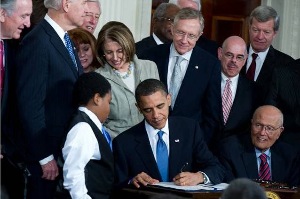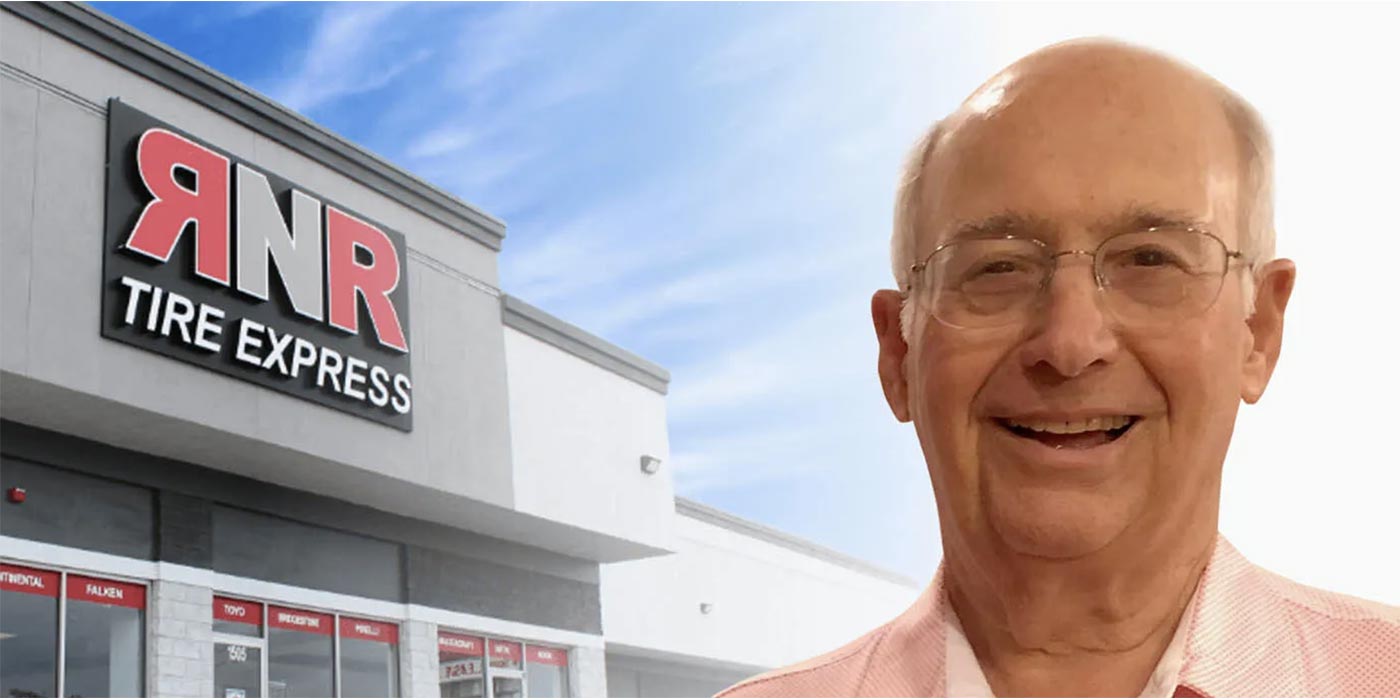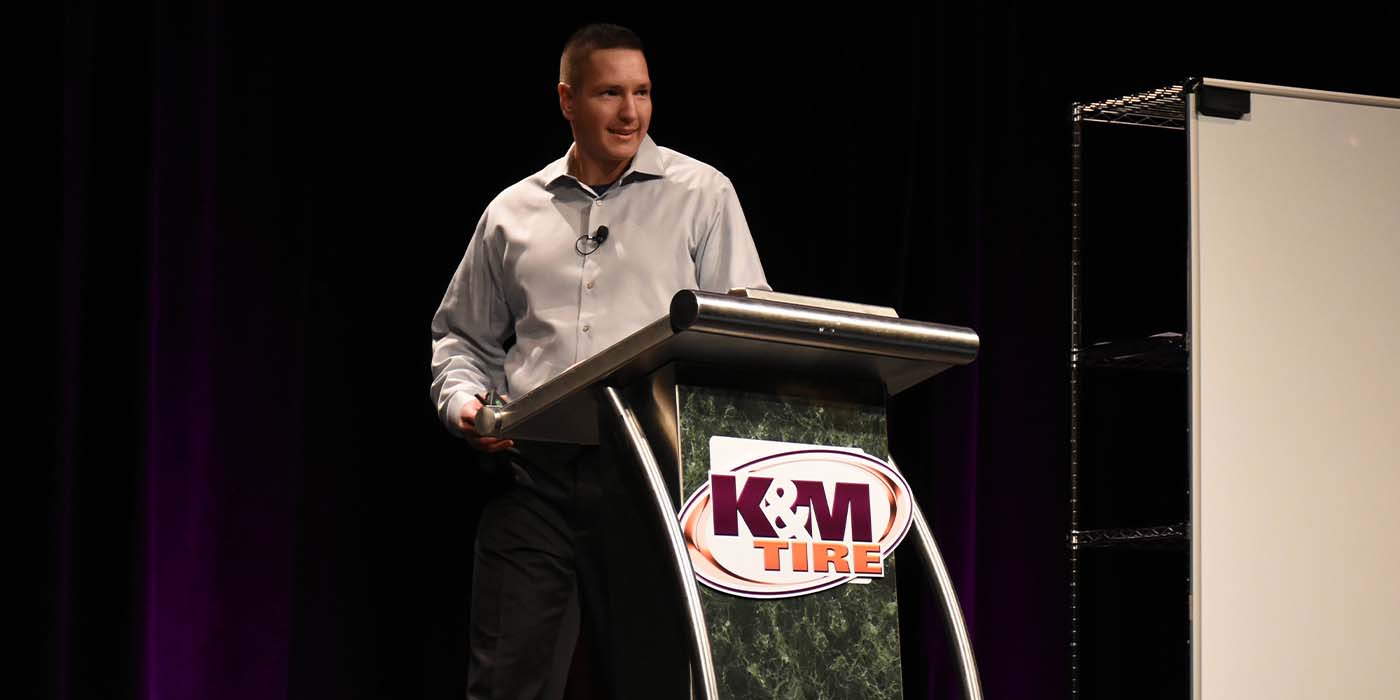[Editor’s Note: We have received a number of questions concerning the potential impact of the recently enacted  healthcare reform bill on tire dealers and suppliers. The article below is from Bloomberg BusinessWeek and examines some of the key elements of the bill as it could impact small, entrepreneurial businesses. This article was written by Karen Klein and is available at www.businessweek.com.]
healthcare reform bill on tire dealers and suppliers. The article below is from Bloomberg BusinessWeek and examines some of the key elements of the bill as it could impact small, entrepreneurial businesses. This article was written by Karen Klein and is available at www.businessweek.com.]
How Health-Care Reform Will Affect Small Business
The health-care reform law, all 2,400-plus pages of it, will take eight years to be fully implemented. Some self-employed people and small employers will begin to feel the impact almost immediately. Others won’t notice changes for a few years. Here are the major adjustments.
Pre-existing Conditions
By June, a temporary high-risk pool will be established so that uninsured people with medical conditions can buy insurance coverage at reduced rates. Starting this fall, insurance companies will no longer be able to put lifetime limits on coverage or rescind coverage, except in cases of fraud.
By 2014, insurance companies will be barred from rejecting individuals because of pre-existing conditions.
That’s welcome news for cancer survivor Susan Carrier, a self-employed marketing writer and blogger based in Altadena, Calif. Treatment that included a stem-cell transplant was covered through her husband’s employer-sponsored policy, but they have since separated. Should they divorce, she says, “it’s encouraging to know that my pre-existing conditions won’t prevent me from obtaining coverage.”
Health Exchanges
Beginning in 2014, individuals and small businesses will be able to shop for coverage in new state-run health exchanges. About 25 million people are projected to use the exchanges.
Paula L. Johnson, a self-employed graphic designer in Pasadena, Calif., says she is likely to be one of them. She currently pays $723 monthly for health coverage through Kaiser Permanente.
“The monthly premium is so high I will have to find something else next year,” she says. Her premiums have jumped by $100 per month for the past few years, squeezing her budget. “If I can get lower-cost insurance, I can save more for retirement,” she says.
Companies With Fewer Than 50 Employees
These small ventures, which make up 96% of U.S. businesses, are exempt from the mandate that requires larger enterprises to provide health benefits by 2014 or pay a $2,000 penalty per employee.
Merely knowing that the 50-employee threshold exists may discourage growing enterprises from adding full-time employees, says Jim Garland, CEO of Sharp Details, which cleans private planes. The company, based at Washington’s Dulles Airport with operations along the East Coast, is growing and needs more help, but Garland is wary about crossing the 50-full-time-employee threshold and having eventually to provide health benefits. He currently has 35 full-timers and 23 part-timers. He provides 100% coverage to his management team and 50% to additional employees who elect to be covered.
Garland predicts that many small companies will find a way to stay under 50 employees because of the insurance mandate. “They’ll break up their operations into separate companies, hire more part-timers, or do whatever they have to” to stay in business, he says.
Another result of reform that Garland will feel personally is a tax hike for high-income individuals, starting in 2013. The law is funded in part by a 0.9% (from 1.45% to 2.35%) tax increase on wages over $200,000 for individuals and $250,000 for married couples. The same taxpayers face a 3.8% tax on unearned income, starting in 2013.
Garland says he resents the fact that his taxes will go up while he won’t benefit directly from reform. “Part of the idea of how this is going to be paid for is by taxing people just like me,” Garland says. “It seems the more successful you are, and the more risk you take on, the more burden you bear.”
Tax Credits for The Smallest Companies
Businesses that pay more than 50% of employees’ health benefits, have fewer than 26 employees, and pay average annual wages of less than $50,000 can claim a tax credit of up to 35% of the cost of premiums from the 2010 tax year through the 2013 tax year. The credit will go up to 50% in 2014 and can be used for two consecutive years after that.
One entrepreneur who says the credit may spur him to offer benefits is Paul Ward, CEO of Media Mechanic, a Web design and multimedia agency based in a suburb of Portland, Ore.
Ward is currently insured through his wife’s employer and cannot afford to provide coverage for his two employees. The tax credits may change things. “I’m looking at the 35% tax credit this year and that’s a fairly good chunk. That brings it down to where now it will make more sense to buy a premium for myself and my team,” he says.
Some 4 million businesses are expected to be eligible for the credit this year, and the Congressional Budget Office estimates that the credit could save small businesses $40 billion by 2019.
Tammy Rostov already buys health coverage for herself and her five full-time employees at her Richmond, Va., retail store, Rostov’s Coffee & Tea, but the cost has increased so much that she has considered dropping it in recent years. Getting tax credits will help, but she says she would probably continue to offer insurance even if reform had not passed.
“It’s still something I would offer through the business because that’s always been important to me. But this year I had to think about it hard because it got so expensive, I wasn’t sure I could do it,” she says.
Letting Employees Shape Their Plans
Liz Parker, who founded the Tulsa Rib Company in Orange, Calif., in 1981 with her husband, has 17 full-time employees. She is looking forward to getting tax credits for the coverage she already offers, which has put her at a price disadvantage against competitors, few of which cover employees.
Parker hopes that small businesses will get prices comparable to larger businesses when they are able to buy pooled coverage through the small business exchanges. “I’ve been at a great disadvantage, but now there’s an end in sight,” she says.
By 2014, she will decide whether to continue offering group coverage or let her employees buy their own health insurance, perhaps with a pay raise to help. Individual employees could buy the coverage they need rather than having her choose a group policy that isn’t necessarily a good fit for everyone. “It’s a horrible feeling having to pick and choose the coverage options for everyone,” Parker says.
Lani Hay is president of Lanmark Technology, an IT company based in Vienna, Va., that specializes in government contracting work. The former U.S. Naval aviator opened a one-woman shop in 2003 and now employs 150.
Hay already provides insurance but worries that her costs will increase dramatically from now to 2014, when she’ll gain the option of buying into an exchange.
Risk: Tax Increase On Unearned Income
“In the past three years, my health costs have increased each year by double digits. That cuts right into the profit margins of my company,” Hay says. “For any small business, whether it has 10 or 500 employees, it’s a challenge having enough working capital. But to be competitive and attract the same employees as the bigger guys, we have to offer the same benefits package they do.”
Another worry plagues R. Michael Johnson, president and CEO of Cox Industries, a midsized lumber company in Orangeberg, S.C. He provides a generous benefit package for his 400 employees, but the company relies on family shareholders and outside investors, some of whom will be affected by the tax increase on unearned income for wealthy individuals.
“The 3.8% tax on unearned income will increase the earnings requirements on [subchapter S corporations] such as Cox to satisfy the risk our shareholders take by investing in small businesses like ours,” Johnson wrote in an e-mail. “This small percentage seems benign, due to the small number and putting it on ‘unearned income,’ but this income is earned. In fact, our team works hard every week to earn this income and reward the shareholders that patiently leave their capital in the business.”
Another thing that worries Johnson is his calculation that he might save up to $2 million if he were to drop his employee benefits and instead pay the $2,000 per-head penalty. “We are not even remotely considering this option, but I hate to think that new legislation would actually make dropping our plan more appealing to businesses like ours,” Johnson says.













